Table of Contents
Operating System Functions: Operating systems accomplish basic tasks, such as identifying input from the keyboard, transmitting output to the display screen, keeping track of files and directories on the disk, and managing peripheral gadgets such as disk drives and printers. For extensive systems, the operating system has even more significant responsibilities and controls.
It may be accountable for security, providing that unauthorized users do not access the system. It may also be responsible for networking so users of different computers can share files and peripherals.
Operating systems furnish a software platform on the lid of which other programs, named application programs, can run. The application programs must be noted to run on top of a certain operating system. For example, an application documented for Windows will not run in Linux or Mac OS X.
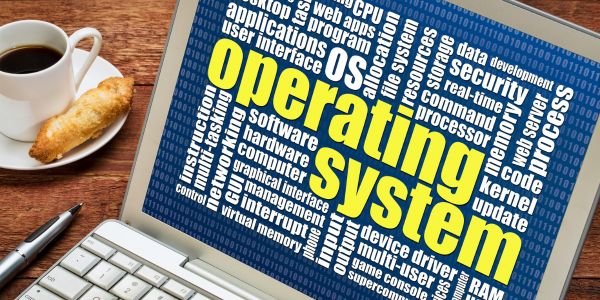
What is an Operating System?
An operating system (OS) is a group of software that handles computer hardware resources and supplies standard benefits for computer programs. The operating system is the most vital type of system software in a computer system.
Operating systems are found on most devices that contain a computer, such as personal computers, servers, and smartphones. They are essential for the proper functioning of a computer and enable users to interact with the device and run various applications.
Some examples of operating systems include Microsoft Windows, macOS, Linux, Android, and iOS. Each operating system has its own set of features and capabilities and is designed to meet the needs of different types of users and devices.
Types of OS
Operating systems can be classified into several types based on different criteria. Following are some common types of operating systems:
- Desktop Operating Systems: These operating systems are designed for personal computers and workstations. Examples include Microsoft Windows, macOS (previously OS X), and Linux distributions like Ubuntu and Fedora.
- Server Operating Systems: These operating systems are optimized for server environments, where they provide services and resources to other computers or clients. Examples include Windows Server, Linux distributions like CentOS and Debian, and UNIX variants like Solaris.
- Mobile Operating Systems: These operating systems are designed for smartphones, tablets, and other mobile devices. Examples include Android (developed by Google), iOS (developed by Apple), and Windows Mobile (formerly Windows Phone).
- Real-time Operating Systems (RTOS): RTOS is designed for systems that require precise timing and quick response times. They are commonly used in embedded systems, industrial control systems, and real-time applications such as aerospace and automotive systems. Examples include FreeRTOS, VxWorks, and QNX.
- Distributed Operating Systems: These operating systems run on a network of computers and enable them to work together as a single system. They provide features like process synchronization, file sharing, and resource management across multiple machines. Examples include Google’s Chrome OS, Beowulf cluster systems, and Amoeba.
- Mainframe Operating Systems: Mainframe operating systems are designed for high-performance and high-reliability computing in large-scale systems. They are used in enterprise-level environments for critical applications such as banking, finance, and government systems. Examples include IBM z/OS (formerly known as OS/390 and MVS), IBM z/VSE, and Unisys MCP.
- Embedded Operating Systems: These operating systems are specifically designed for embedded systems, which are dedicated computer systems with specific functions and limited resources. They are commonly used in devices like consumer electronics, automotive systems, medical devices, and industrial control systems. Examples include Embedded Linux, Windows Embedded, and QNX Neutrino.
- Virtualization Operating Systems: These operating systems enable multiple virtual machines to run on a single physical machine, allowing efficient utilization of hardware resources. Examples include VMware ESXi, Microsoft Hyper-V, and KVM (Kernel-based Virtual Machine).
- Hypervisors: Hypervisors, also known as virtual machine monitors (VMMs), are a type of operating system that allows multiple operating systems to run concurrently on a single physical machine. They provide virtualization capabilities and manage the execution of guest operating systems. Examples include VMware ESXi, Microsoft Hyper-V, and Citrix XenServer.
Operating System Functions
An operating system (OS) is a grouping of software that handles the hardware aids of a computer and delivers common services for computer programs. It is the most significant type of system software in a computer system. The major part of an operating system is to deliver an interface between the computer’s hardware and the programs that operate on it.
Operating systems execute a broad range of functions, including resource management, memory management, process management, file management, network communication, security, and user interface.
- Resource management: The OS manages the hardware resources of a computer, such as the CPU, memory, and disk storage. It allocates these resources to different programs and processes as needed to ensure that they can run efficiently.
- Memory management: The OS manages the use of memory in a computer. It allocates memory to programs, tracks the use of memory, and reclaims the memory that is no longer being used.
- Process management: The OS manages the execution of programs on a computer. It creates and terminates processes and manages the scheduling of processes to ensure that they run smoothly and efficiently.
- File management: The OS manages the organization, storage, and retrieval of files on a computer’s storage devices. It also provides access to files for authorized users.
- Network communication: The OS provides support for communication over a network, such as the Internet. It provides APIs and other mechanisms for programs to send and receive data over a network.
- Security: The OS provides security features to protect the computer and its data from unauthorized access or malware. This may include user authentication, firewalls, and antivirus software.
- User interface: The OS provides a user interface that allows users to interact with the computer and its programs. This may be a command-line interface, a graphical user
These functions are essential for the proper functioning of a computer and enable users to run various applications, access and manipulate files, communicate over a network, and perform other tasks on the device. Interface, or a combination of both.
Where To Use Operating System Functions In Real-Life?
Operating system functions are used in a wide range of devices and systems in real life. Some examples of where operating system functions are used include:

- Personal computers: Operating systems are used on personal computers to manage the device’s hardware resources and provide a user interface for interacting with the computer and its programs.
- Servers: Operating systems are used on servers to manage the device’s hardware resources and provide services to clients that connect to the server over a network.
- Smartphones: Operating systems are used on smartphones to manage the device’s hardware resources and provide a user interface for interacting with the phone and its applications.
- Embedded systems: Operating systems are used on embedded systems, such as industrial control systems and consumer electronics, to manage the device’s hardware resources and provide a user interface for interacting with the system.
- Supercomputers: Operating systems are used on supercomputers to manage the hardware resources of the device and provide a user interface for interacting with the computer and its programs.
Overall, operating system functions are used in a wide range of devices and systems to manage the hardware resources of the device and provide a user interface for interacting with the system.
Operating systems are essential for the proper functioning of a computer and enable users to interact with the device and run various applications.
Operating systems perform a wide range of functions, including resource management, memory management, process management, file management, network communication, security, and user interface.
These functions help to optimize the use of hardware resources, ensure that programs run smoothly and efficiently, manage the storage and retrieval of files, enable communication over a network, and provide a user interface for interacting with the device.
Operating system functions are used in a wide range of devices and systems in real life, including personal computers, servers, smartphones, embedded systems, and supercomputers.
Overall, the functions of an operating system are essential for the proper functioning and usability of a computer.
FAQ
What is a microkernel operating system?
A microkernel operating system is a design approach where the kernel provides only essential functionality, such as process management and inter-process communication, while other services and components run as separate processes outside the kernel. This approach aims to improve system stability and security by minimizing the code running in kernel mode.
What are real-time operating systems (RTOS)?
Real-time operating systems are designed to meet strict timing constraints in applications where response time is critical. They prioritize tasks based on their deadlines and provide mechanisms for deterministic scheduling and synchronization. RTOSs are commonly used in industries like aerospace, automotive, and industrial automation.
How do virtual machines work in operating systems?
Virtual machines (VMs) allow multiple operating systems to run simultaneously on a single physical machine. A virtualization layer called a hypervisor, creates and manages these VMs by allocating hardware resources and providing an isolated environment for each operating system. The hypervisor abstracts the underlying hardware, enabling efficient sharing and utilization of resources.
What is an interrupt in an operating system?
In an operating system, an interrupt is a signal that indicates an event requiring immediate attention. Interrupts can come from various sources, such as hardware devices or software exceptions. When an interrupt occurs, the operating system suspends the current execution, saves its state, and transfers control to a specific interrupt handler to handle the event.
What is process scheduling in operating systems?
Process scheduling is the mechanism by which an operating system determines the order and timing of executing processes. The scheduler allocates processor time to processes based on predefined policies, such as round-robin, priority-based, or shortest job first. Efficient process scheduling is crucial for maximizing system throughput and ensuring fairness.
What are file systems in operating systems?
File systems manage the organization, storage, and retrieval of files on a storage medium. They provide a hierarchical structure for organizing files and directories, along with operations like file creation, deletion, and access control. Common file systems include FAT32, NTFS, ext4, and HFS+.
What is the role of device drivers in operating systems?
Device drivers are software components that allow the operating system to communicate with hardware devices. They provide an abstraction layer, translating generic operating system commands into specific instructions that the hardware can execute. Device drivers play a crucial role in enabling hardware peripherals, such as printers, network cards, and graphics cards, to work with the operating system.
What is a monolithic kernel operating system?
A monolithic kernel is an operating system design where the entire kernel resides in a single address space and provides all operating system services as a single, large binary. In this design, all kernel components, such as memory management, file systems, and device drivers, are tightly integrated. Linux is an example of an operating system with a monolithic kernel.
What is virtual memory in operating systems?
Virtual memory is a memory management technique where the operating system uses secondary storage (usually a hard disk) as an extension of physical memory (RAM). It allows programs to use more memory than is physically available by swapping data between RAM and disk as needed. Virtual memory provides memory isolation, protection, and efficient memory allocation.
How do distributed operating systems work?
Distributed operating systems manage a network of interconnected computers as a single system. They provide mechanisms for transparent process communication, file sharing, and resource management across multiple machines. Distributed operating systems enable scalability, fault tolerance, and high availability by distributing computation and data across the network.
Also, read the classification of DBMS


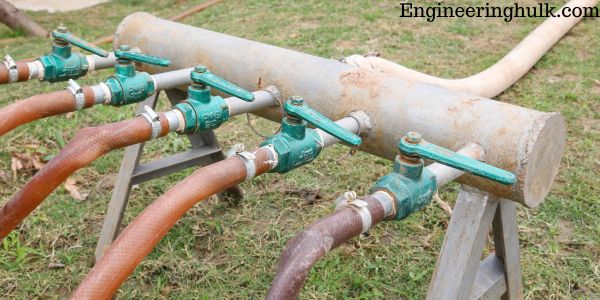
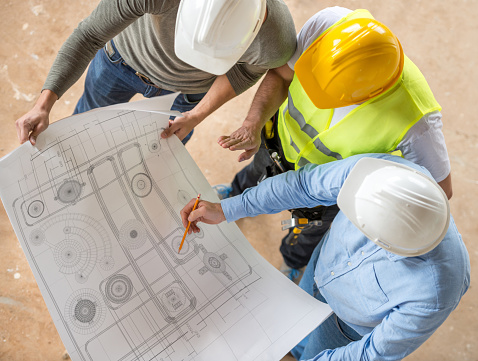



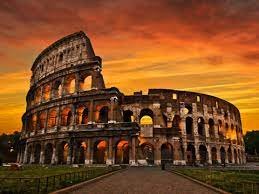
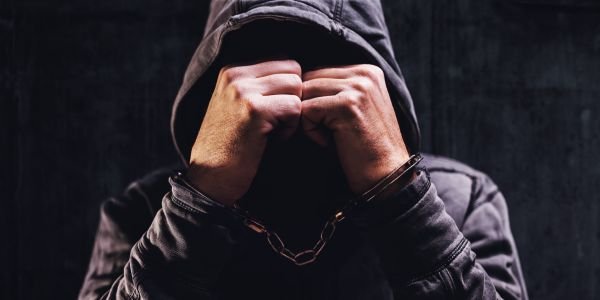



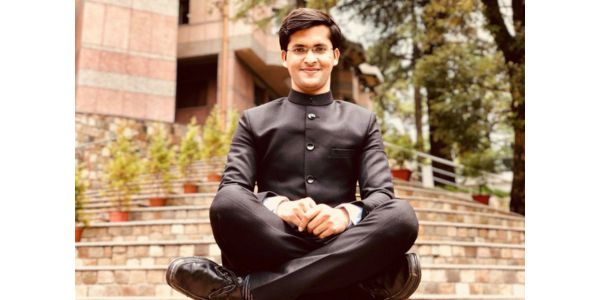
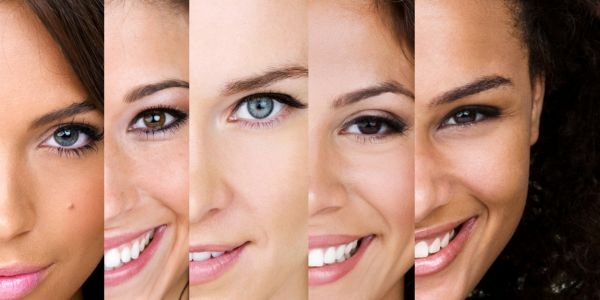
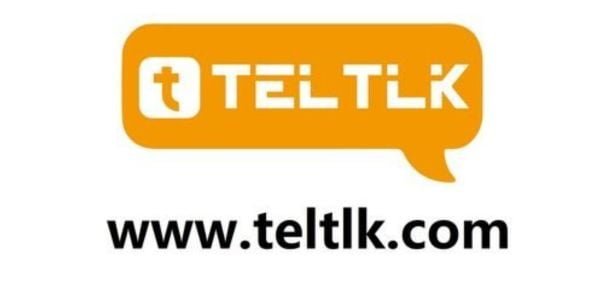

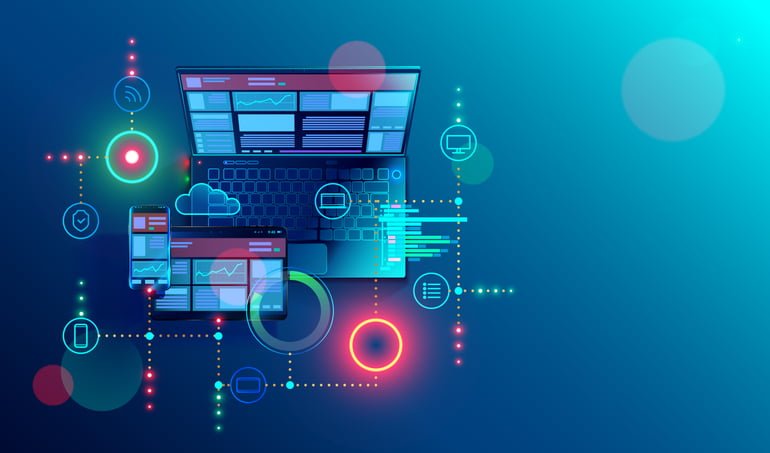

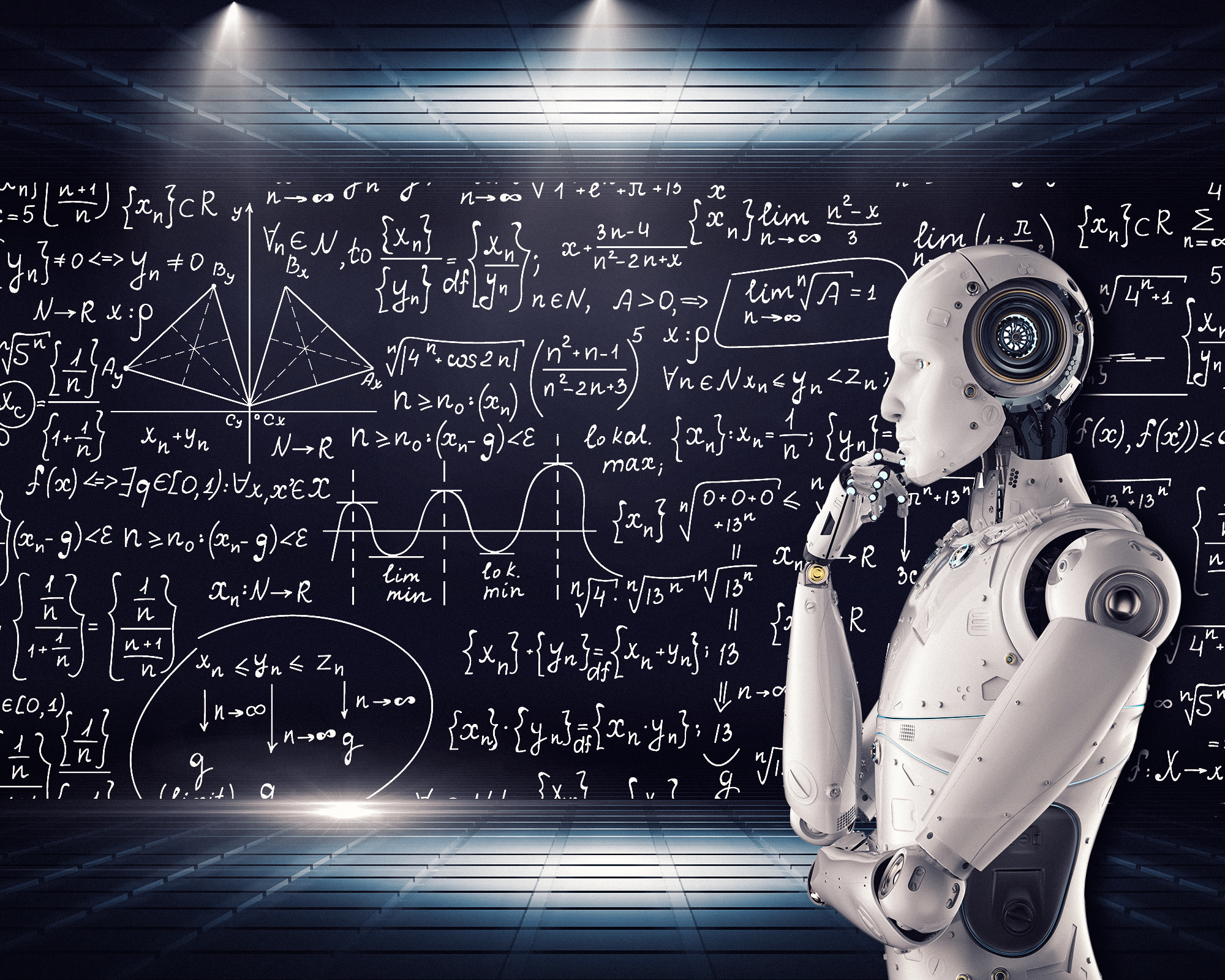

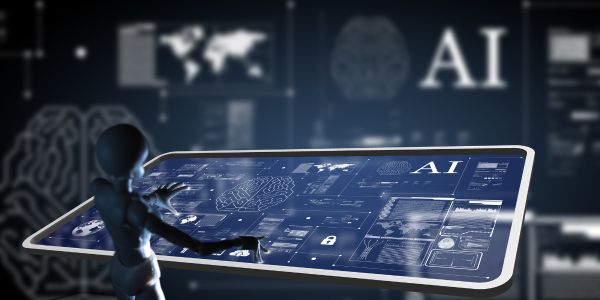
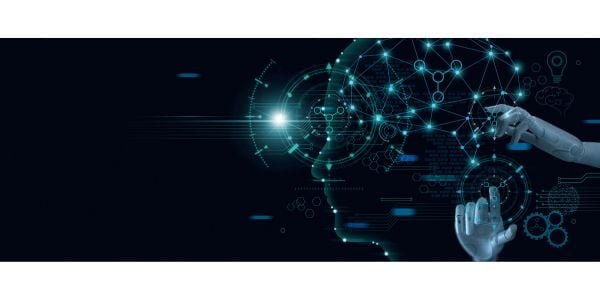

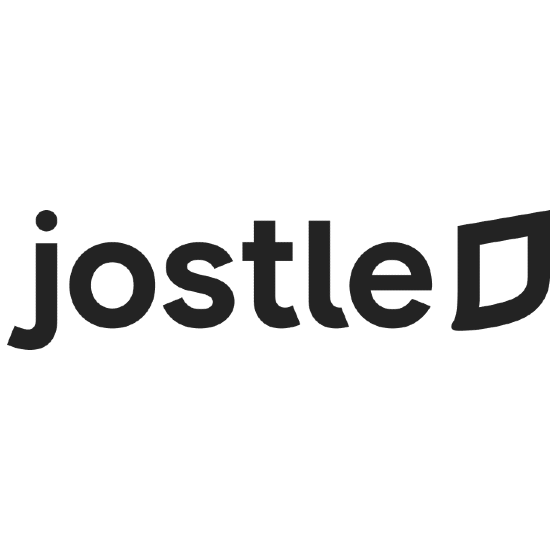







Comments on “Operating System (OS) Functions: Comprehensive Guide”
Comments are closed.